By clicking a retailer link you consent to third-party cookies that track your onward journey. This enables W? to receive an affiliate commission if you make a purchase, which supports our mission to be the UK's consumer champion.
Best white wines

Crisp, refreshing white wines are a great choice if you enjoy fresh, light and vibrant flavours. So what's worth buying at the supermarket? And is it worth spending more on an English white?
To find out, we asked a panel of wine experts to blind-taste and rate 17 white wines from a variety of regions around the world, including English, Italian and French options, that you can find at major supermarkets.
Our taste test uncovered four Best Buys, including some top-notch English wine worth trying, and a great budget pick, too.
Best white wines
Only logged-in Which? members can view our full independent test results and tasting notes from the expert panel for every wine we tested below.
If you’re not yet a member, you’ll see an alphabetically ordered list of the white wines we tested. To get instant access to these and all our reviews, join Which? today.
Aldi Specially Selected Bowler & Brolly English Bacchus 2023
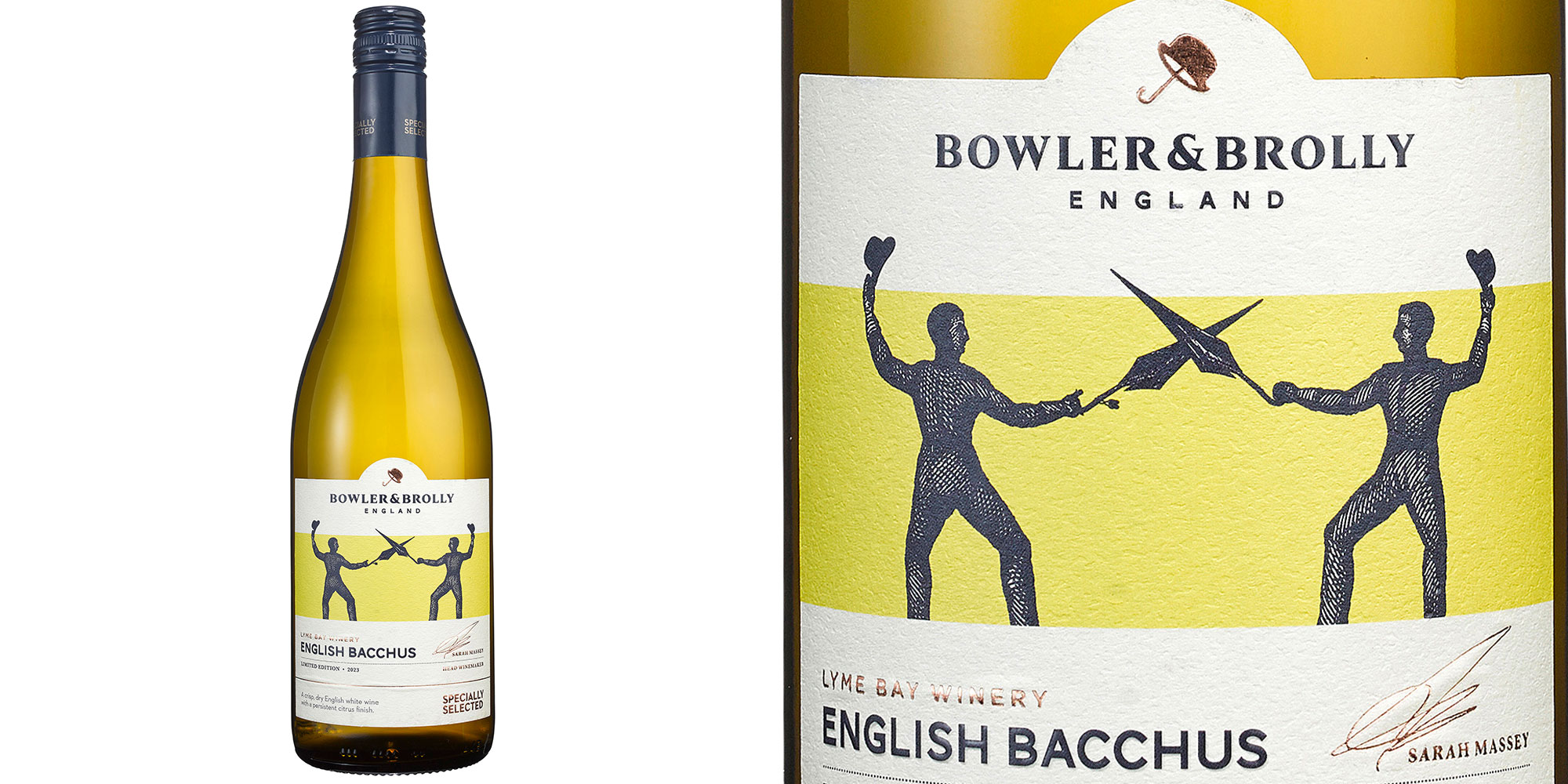
£10.99 for 75cl, England, 11.5% ABV
Aldi's Bacchus was one of the cheaper English white wines we tested, but is it worth buying?
Join Which? to unlock our test results and find out where this wine ranked overall.
Want to buy without reading our results? Available from Aldi (in-store only).
Aldi Specially Selected Godello 2024
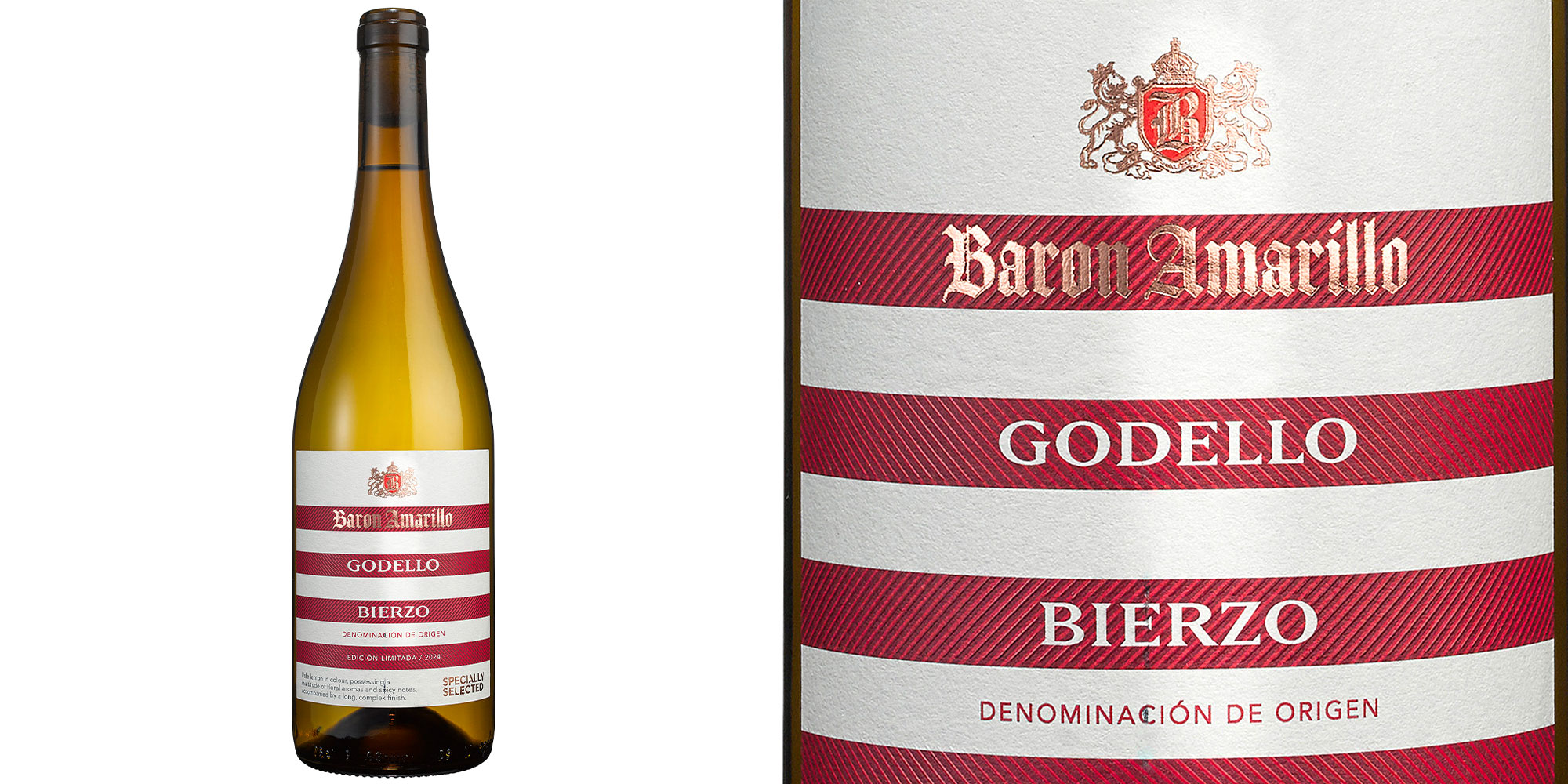
£9.99 for 75cl, Spain, vegan, 13.5% ABV
Is this wine a crowd-pleaser, or are there better bottles to enjoy?
Join Which? to unlock our test results and find out where this wine ranked overall.
Want to buy without reading our results? Available from Aldi (in-store only).
Asda Extra Special Palacio De Vivero Rueda 2023
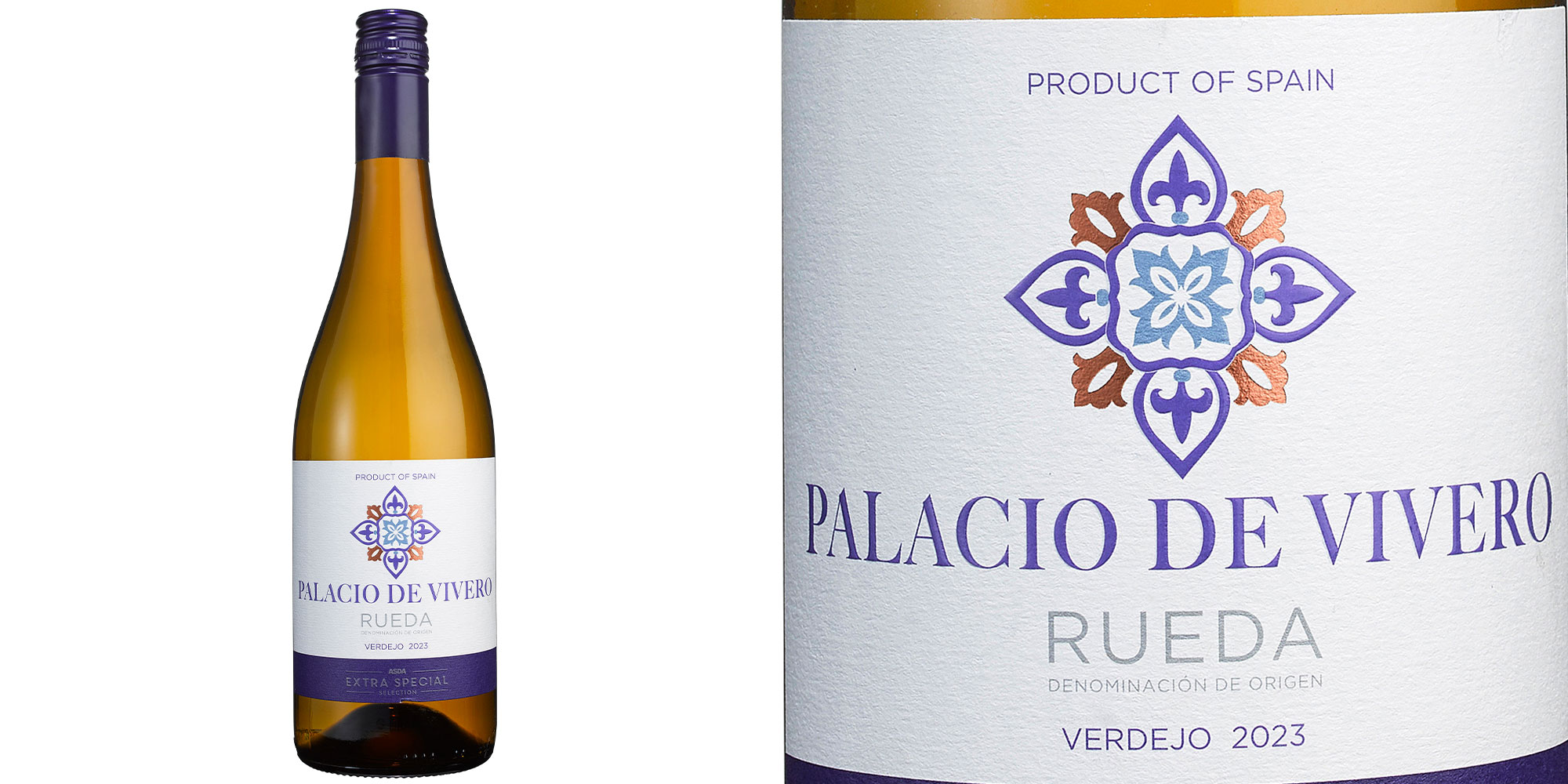
£6.42 for 75cl, Spain, vegetarian, 13% ABV
What did our experts think of the cheapest white wine on test? Is it a bargain?
Join Which? to unlock our test results and find out where this wine ranked overall.
Balfour ‘1503’ Chardonnay 2022
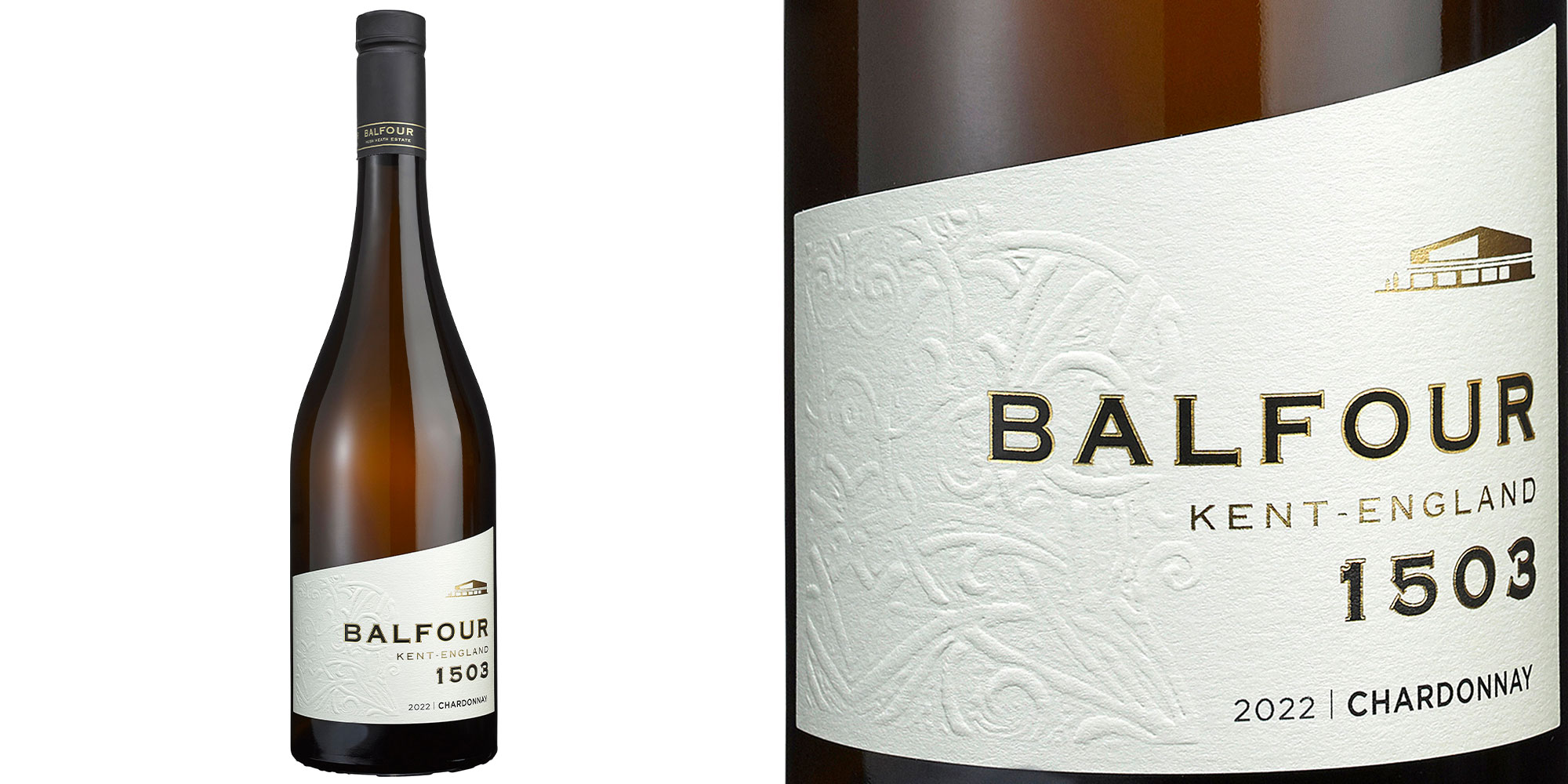
£17 for 75cl, England, vegan, 12% ABV
Made at the Balfour Winery in Kent, the vineyard claims this wine pairs perfectly with seafood. Did our experts savour the flavour?
Join Which? to unlock our test results and find out where this wine ranked overall.
Want to buy without reading our results? Available from Majestic.
Chapel Down Bacchus 2023
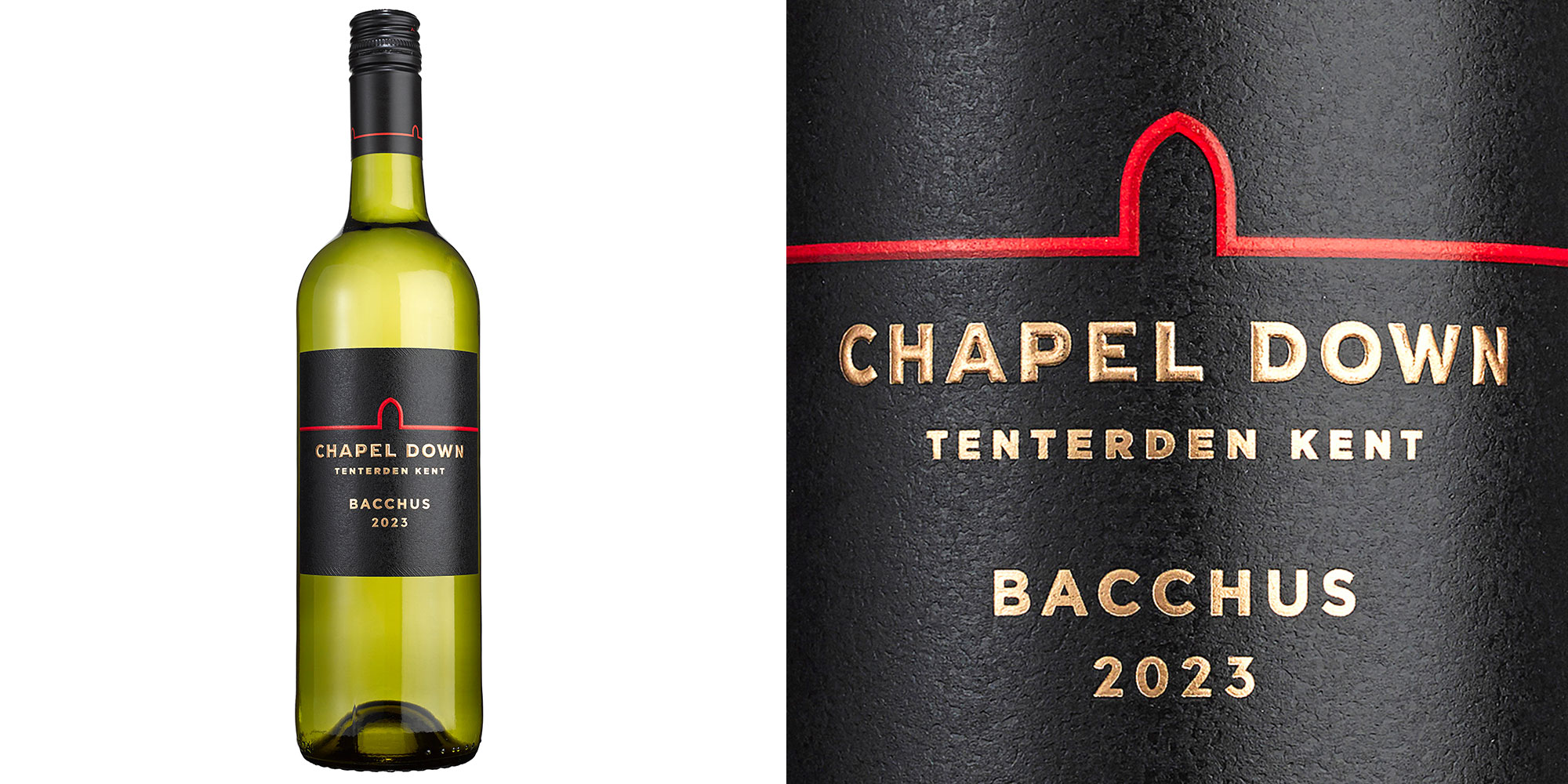
£16 for 75cl, England, 12% ABV
Based in Kent, Chapel Down grows its vines on south-facing chalk soils – but is it a winning white?
Join Which? to unlock our test results and find out where this wine ranked overall.
Want to buy without reading our results? Available from Waitrose.
Co-op Orvieto Classico 2024
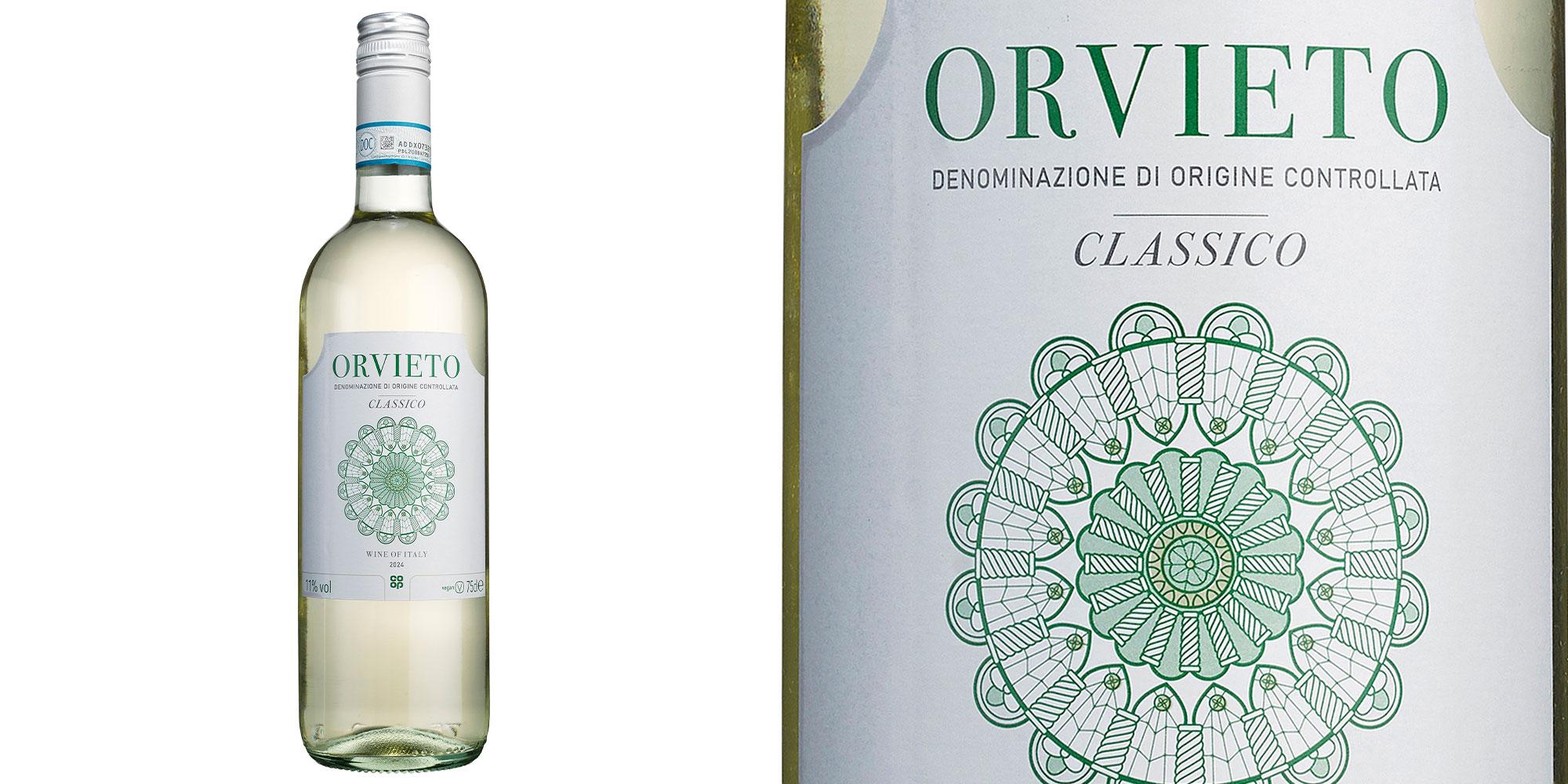
£7.65 for 75cl, Italy, vegan, 11% ABV
Co-op claims this is a terrific aperitif, so it could be ideal to enjoy at parties. What did our experts think, though?
Join Which? to unlock our test results and find out where this wine ranked overall.
Want to buy without reading our results? Available from Co-op.
Denbies Surrey Gold
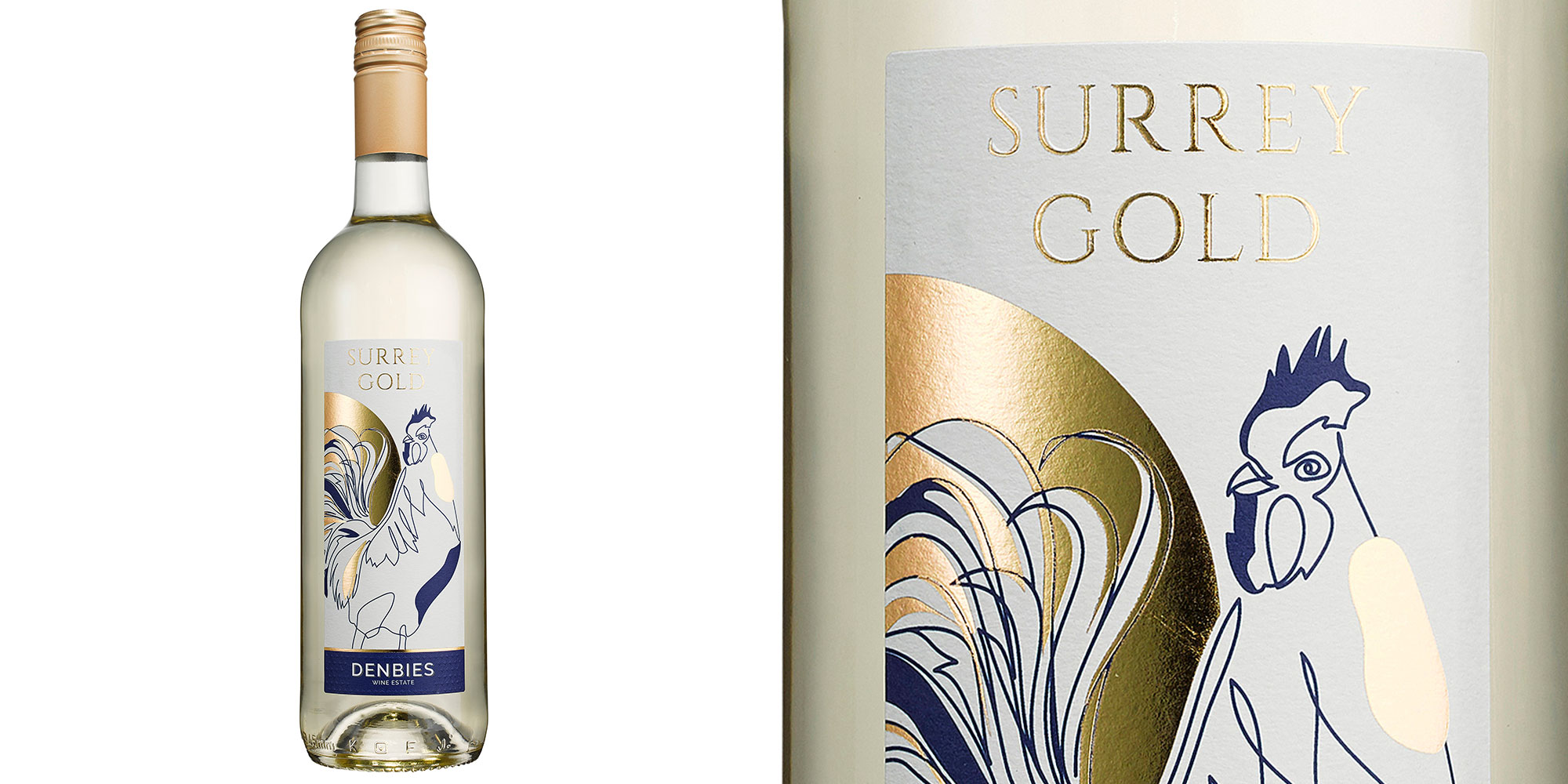
£11 for 75cl, England, 11% ABV
Denbies Wine Estate in Dorking, Surrey, is one of England's largest single estate vineyards – but did our experts enjoy its wine?
Join Which? to unlock our test results and find out where this wine ranked overall.
Want to buy without reading our results? Available from Waitrose.
Giffords Hall Bacchus 2023
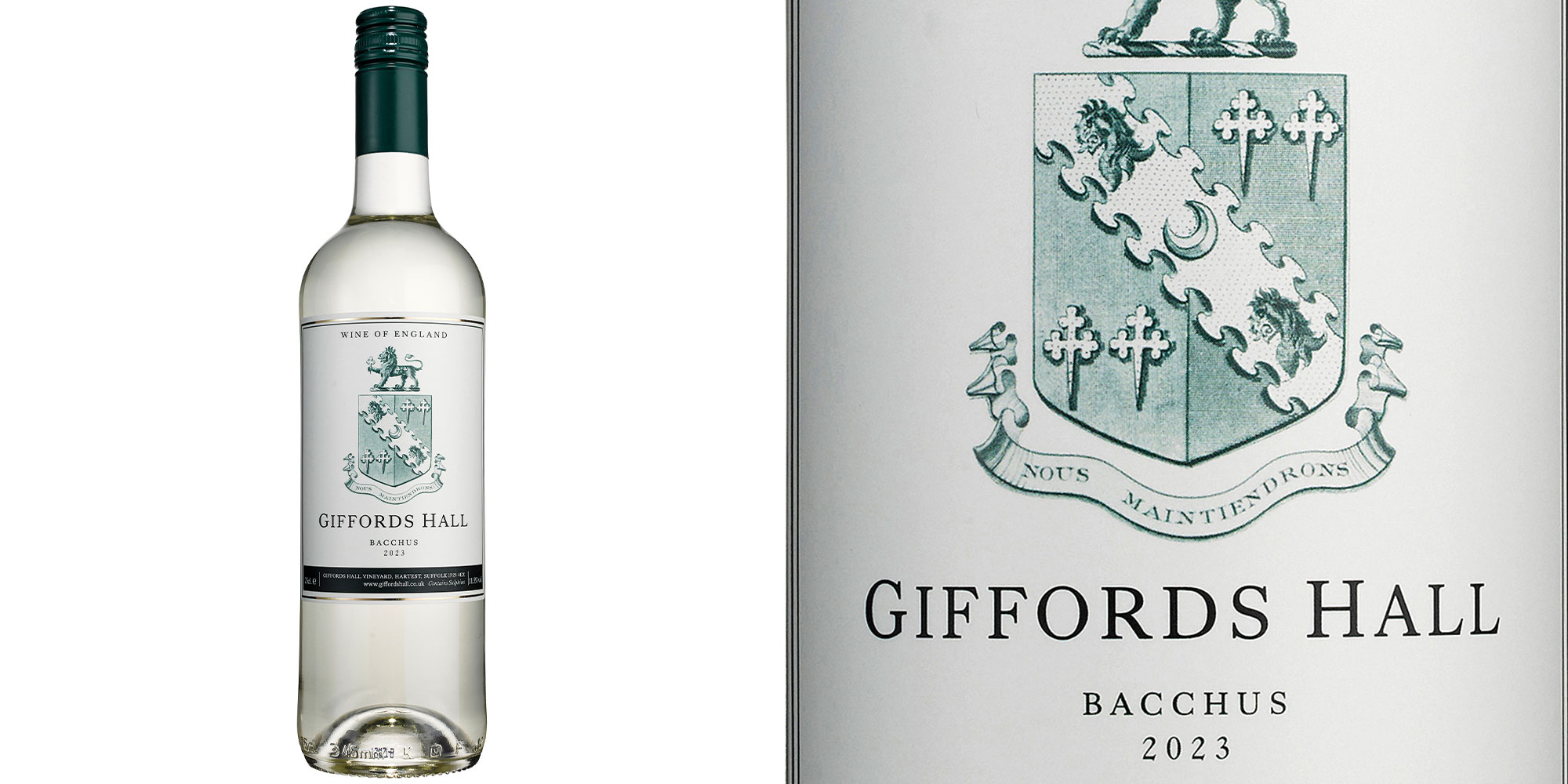
£14.50 for 75cl, England, vegan, 11.5% ABV
Giffords Hall Vineyard is in West Suffolk and its Bacchus is made with grapes from 30-year-old vines. Were our experts impressed?
Join Which? to unlock our test results and find out where this wine ranked overall.
Want to buy without reading our results? Available from Waitrose.
Lidl Picpoul de Pinet 2023
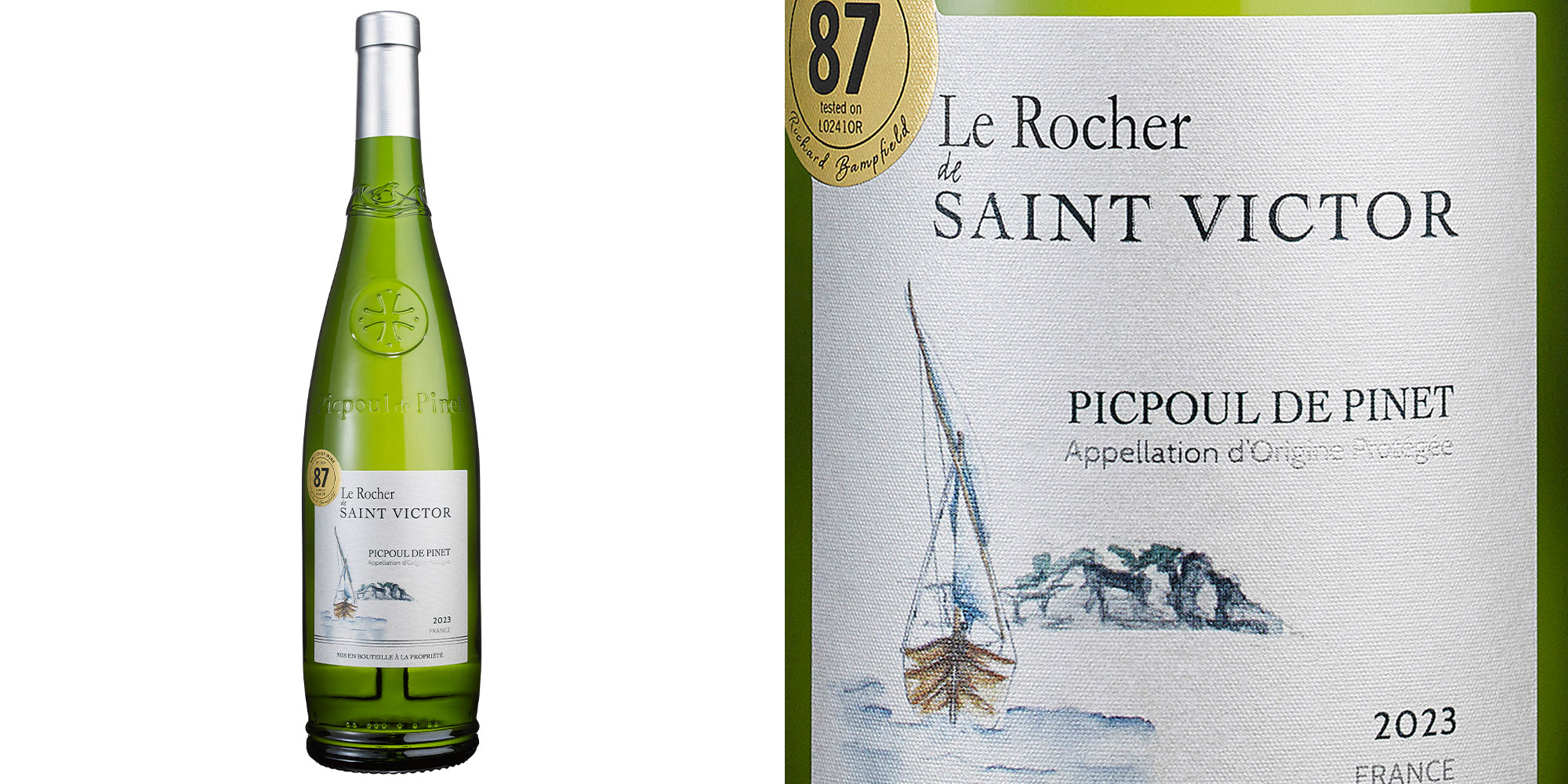
£7.99 for 75cl, France, 12.5% ABV
Picpoul de Pinet is a popular choice for white wine lovers, but is this bottle from Lidl among the best?
Join Which? to unlock our test results and find out where this wine ranked overall.
Want to buy without reading our results? Available from Lidl (in-store only).
Lyme Bay Bacchus 2023
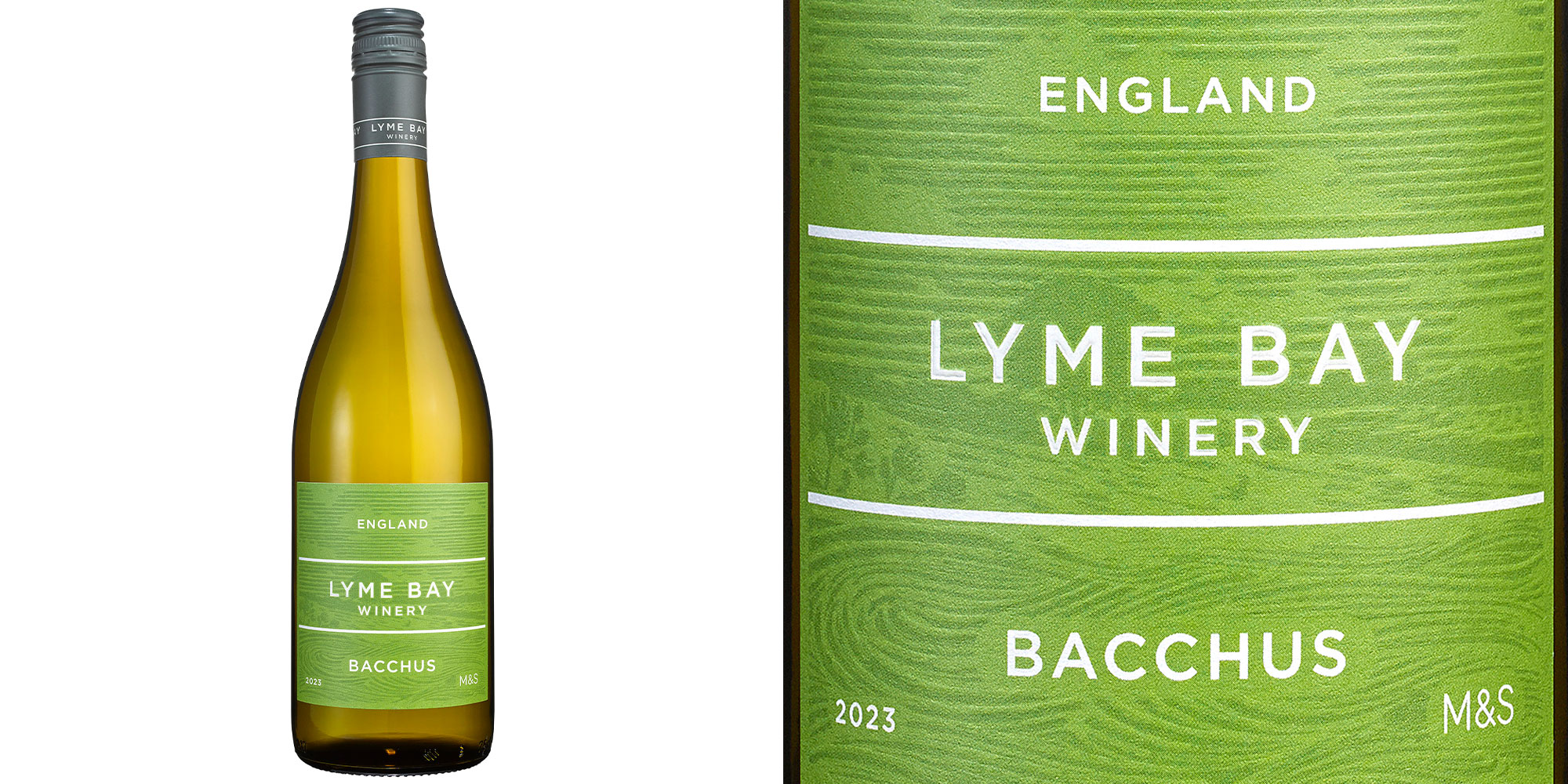
£15 for 75cl, England, vegan, 11.5% ABV
Lyme Bay Winery is based in east Devon, in an Area of Outstanding Natural Beauty. Did our experts think this wine was outstanding, too?
Join Which? to unlock our test results and find out where this wine ranked overall.
Want to buy without reading our results? Available from M&S (in-store only) and Ocado.
Morrisons The Best Assyrtiko 2023
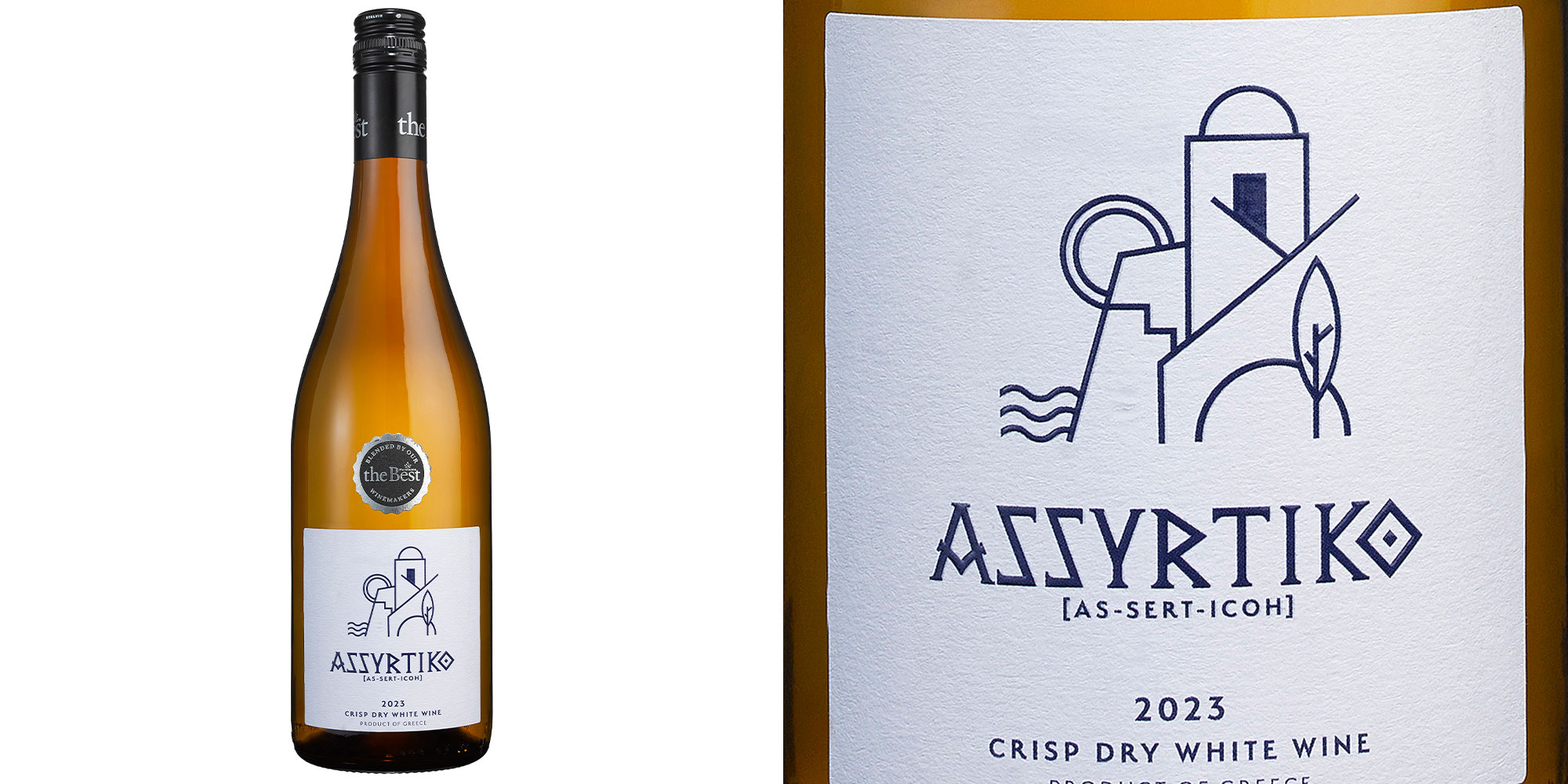
£10.25 for 75cl, Greece, vegan, 13% ABV
The only Greek white wine tasted by our experts, did it impress?
Join Which? to unlock our test results and find out where this wine ranked overall.
Want to buy without reading our results? Available from Morrisons.
Priegnes Terra Cogita Soreli 2024
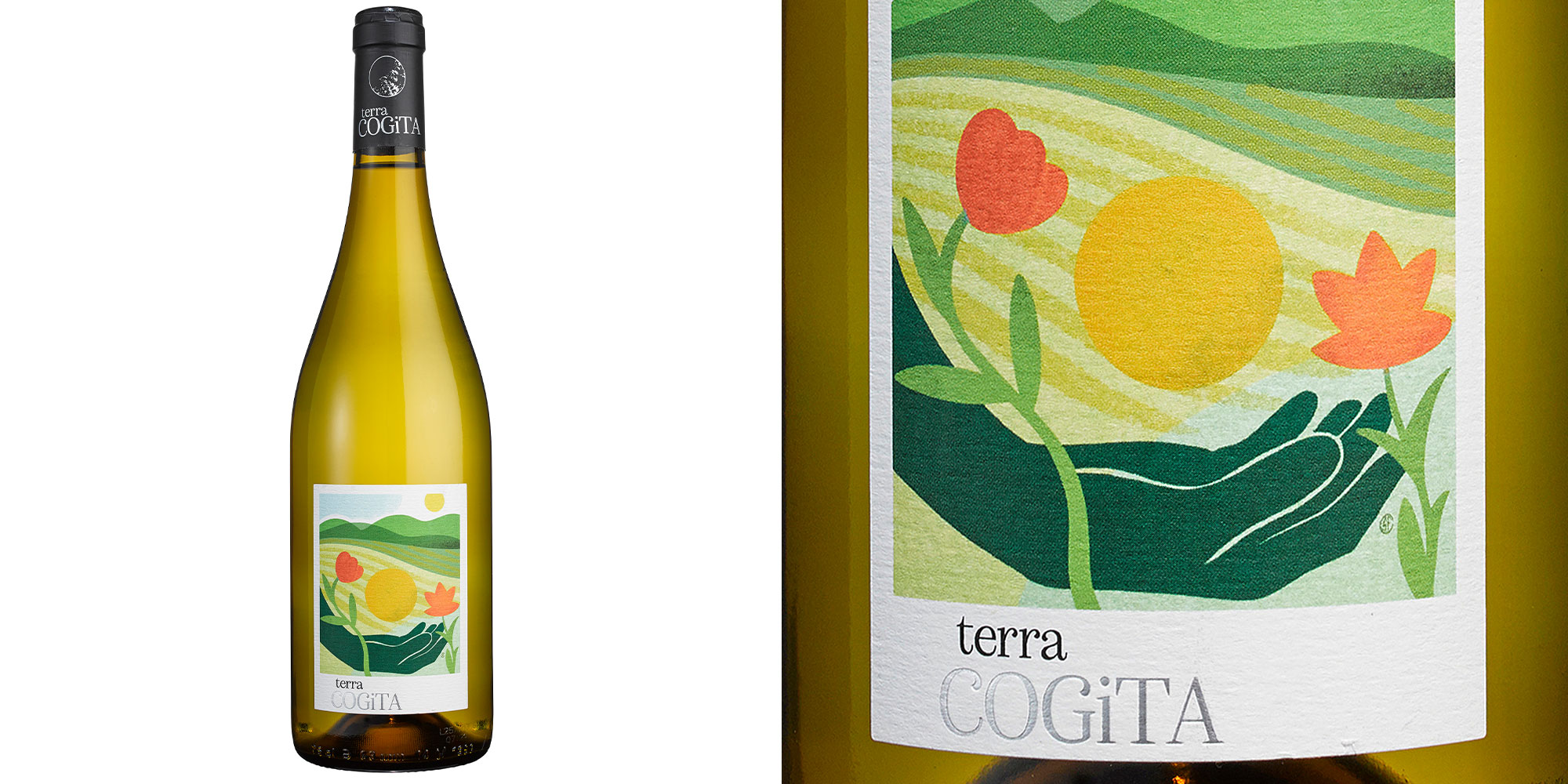
£12 for 75cl, France, vegan, 12.5% ABV
Made with 100% soreli grapes, did this French wine, produced in the Languedoc region, win over our panel?
Join Which? to unlock our test results and find out where this wine ranked overall.
Want to buy without reading our results? Available from Ocado.
Sainsbury's Taste the Difference Muscadet de Sèvre et Maine 2023
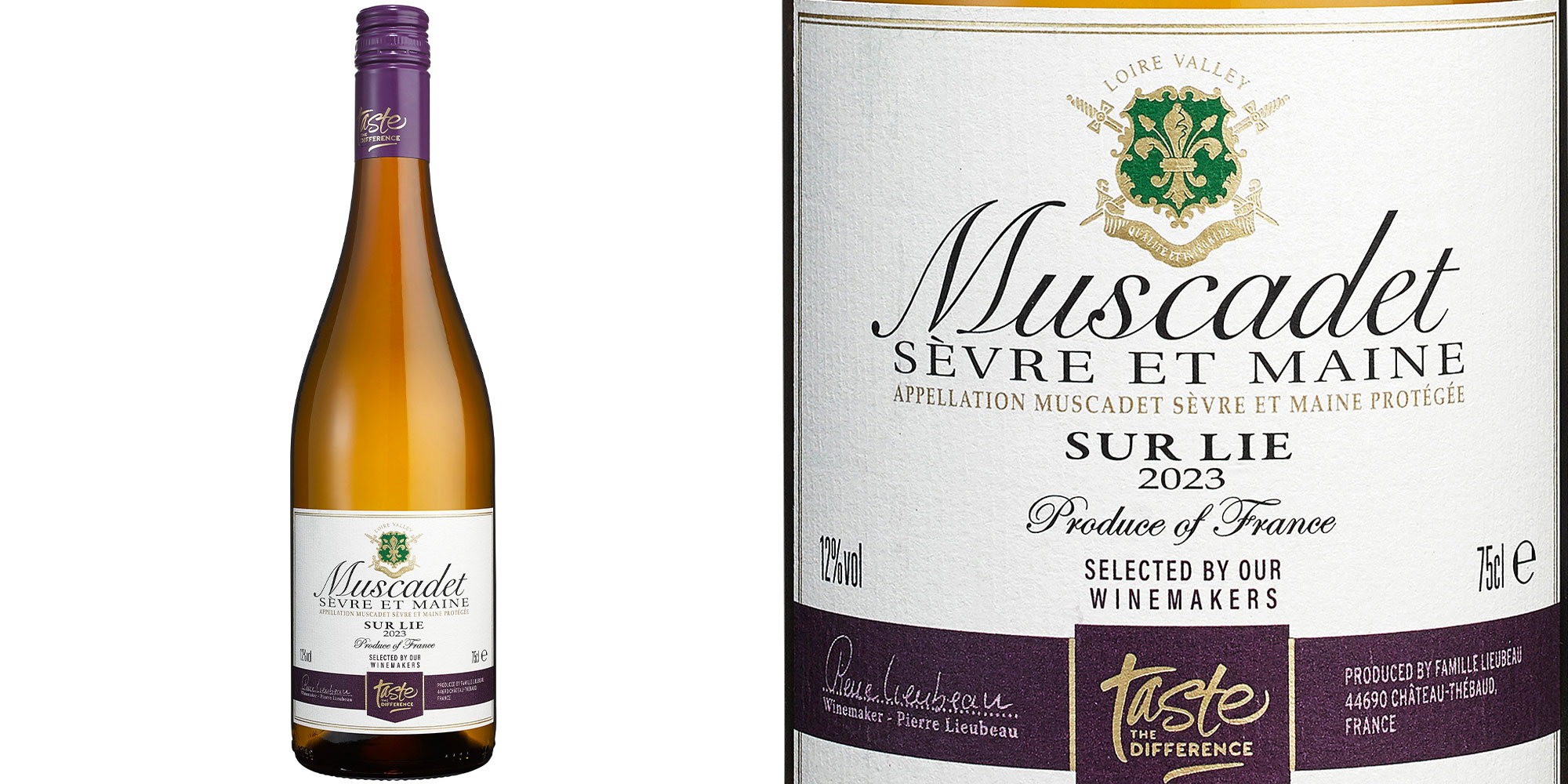
£10.75 for 75cl, France, vegan, 12% ABV
Sainsbury's says its dry white wine has 'a refreshing bite'. Is it a top-scoring bottle?
Join Which? to unlock our test results and find out where this wine ranked overall.
Want to buy without reading our results? Available from Sainsbury's.
Tesco Finest Balfour Winery English White 2023
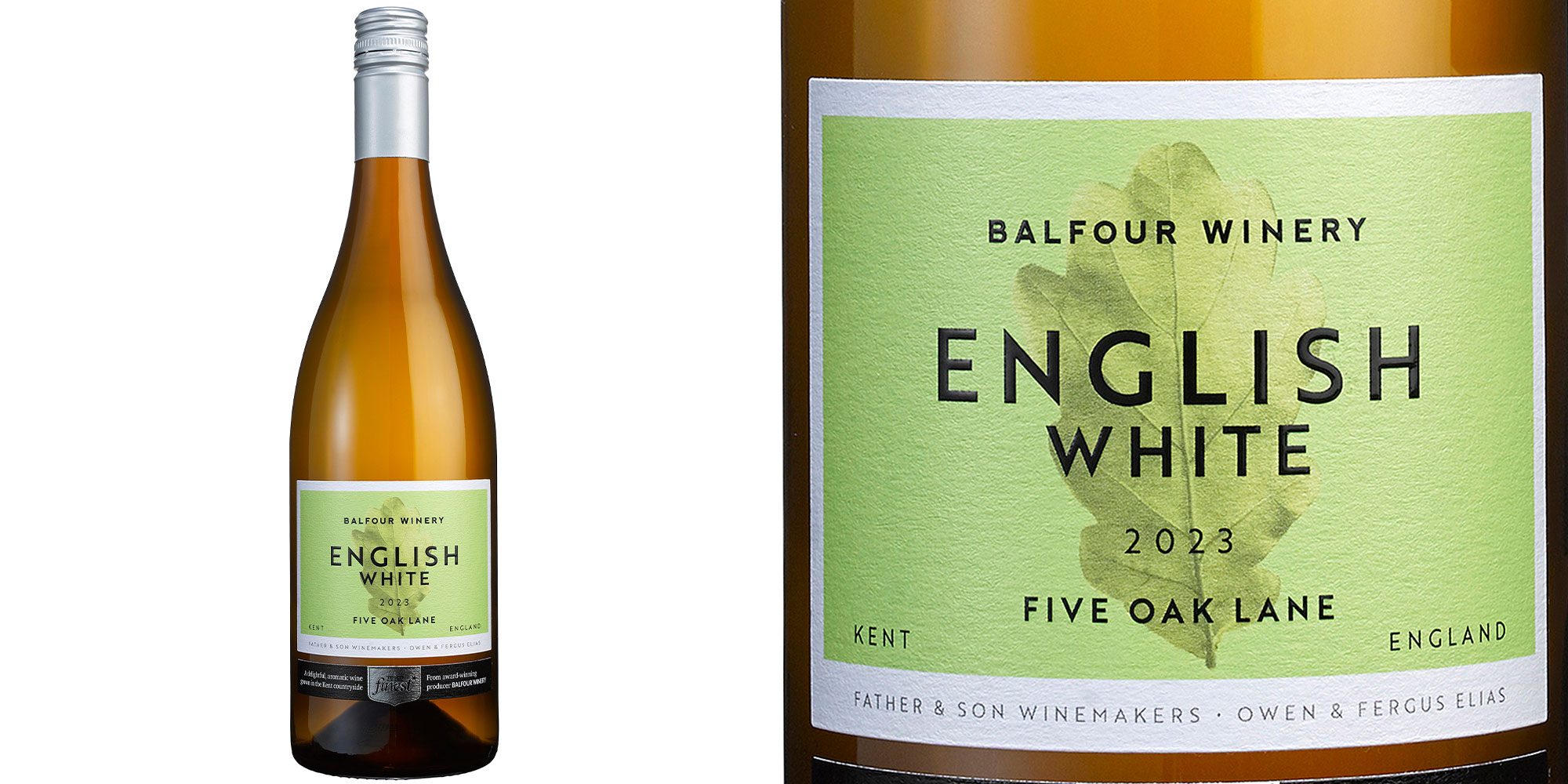
£12.50 for 75cl, England, vegan, 11% ABV
Made with grapes grown in the Kent countryside, Tesco states this wine is 'quintessentially English'. What did our experts think?
Join Which? to unlock our test results and find out where this wine ranked overall.
Want to buy without reading our results? Available from Tesco.
Tesco Finest Floreal 2023
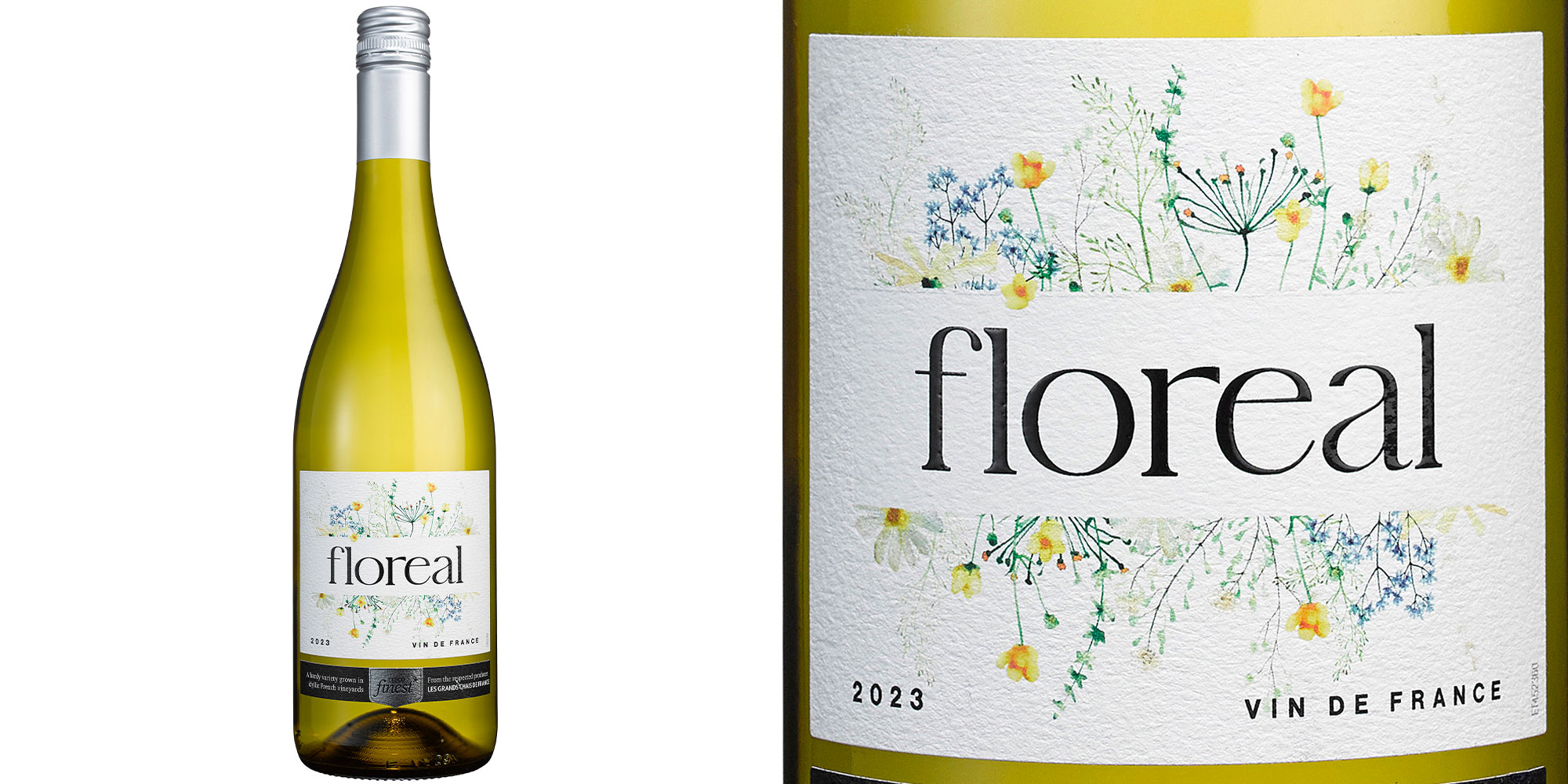
£8 for 75cl, France, vegan, 11% ABV
According to Tesco, the Floreal grape variety is grown in idyllic French vineyards, nestled among flourishing wild flora. Does this make it a great wine?
Join Which? to unlock our test results and find out where this wine ranked overall.
Want to buy without reading our results? Available from Tesco.
Waitrose No.1 Grüner Veltliner 2024
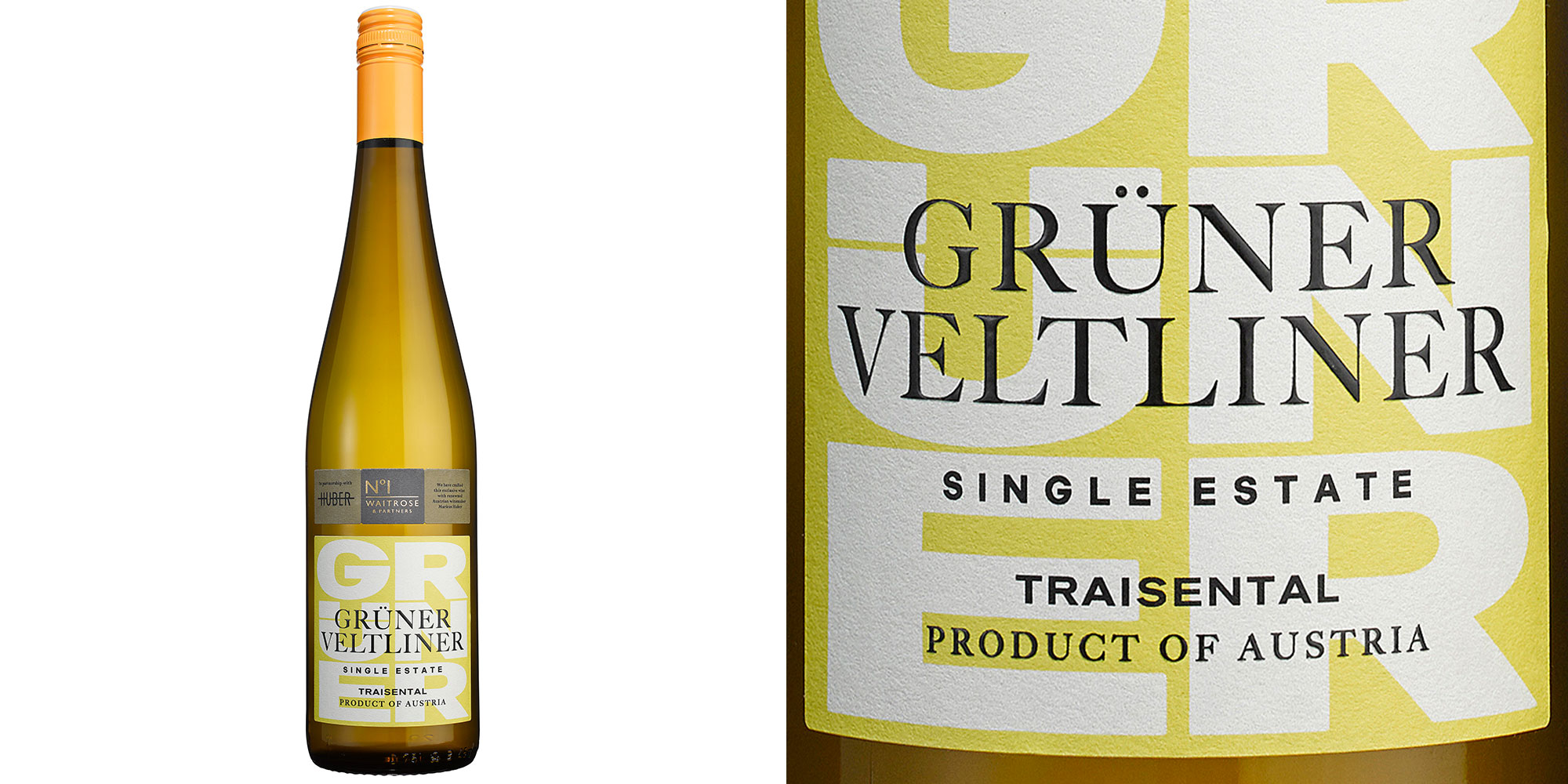
£12 for 75cl, Austria, vegan, 12% ABV
The only wine from Austria in our taste test. Was it rated highly rated by our experts?
Join Which? to unlock our test results and find out where this wine ranked overall.
Want to buy without reading our results? Available from Waitrose.
Waitrose Blueprint English Dry White 2023
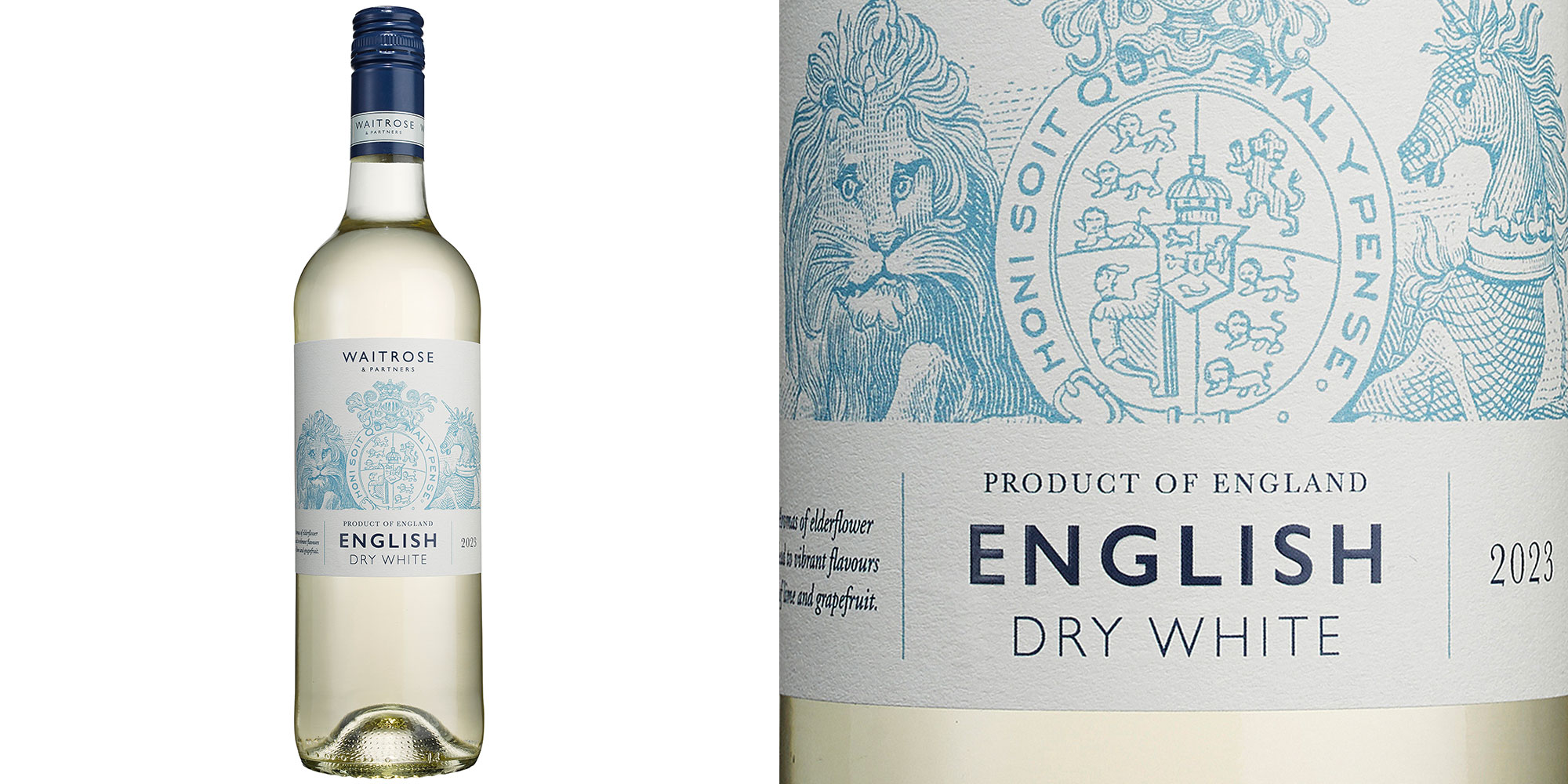
£10 for 75cl, England, vegan, 11% ABV
Waitrose says this English wine is 'bursting with spring hedgerow aromas', but is it something to savour?
Join Which? to unlock our test results and find out where this wine ranked overall.
Want to buy without reading our results? Available from Waitrose.
Pricing and availability information checked November 2025.
Best alcohol-free sparkling wine - our experts uncover the best bottles to buy, and the overly sweet options to leave on the shelf
How we test white wine

Our panel of three independent wine experts blind-tasted 17 white wines for our taste test in May 2025.
Our expert tasting panel included:
- Sam Caporn MW Master of Wine, consultant, speaker, writer and co-chair of the International Wine Challenge (IWC)
- Magnavai Janjo Founder of wine importer and consultancy MJ Wine Cellars
- Peter McCombie MW Master of Wine, speaker, consultant and co-chair of the IWC
We asked supermarkets to nominate own-label, widely available white wines that are particularly good for drinking in the summer months. They all had to cost between £5 and £17 (excluding special offers). We also asked them to nominate an English wine costing between £10 and £20, if they had a suitable product available.
We buy all our test samples ourselves. We may buy direct from the supermarket if the product isn't in stores yet, but we always pay for products we test, to maintain our independence. We also buy a back-up bottle, so if our experts think there may be an issue with a wine we can open a fresh bottle to check.
The taste test was 'blind', meaning we anonymised the wines so the experts didn’t know which wine they were trying.
Each person tried the white wines in a different order to avoid any bias, and after all of them had been tasted, the panel agreed on a score for each bottle and which ones deserved to be Best Buys and Great Value. Only then did we reveal the products.
Why you can trust us: at Which? we're free from manufacturer and retailer influence. Find out more about our editorial independence policy and see behind the scenes of our taste tests to understand more about how we work
White wines explained

A good white wine should be refreshing and well-balanced, according to our experts. They recommend keeping an eye out for the following types:
- Albariño/alvarinho – these typically have a lovely lemony freshness and stone fruit notes.
- Muscadet and grüner veltliner – ideal if you're looking for citrussy and zingy wines.
- Picpoul – known for its high acidity, this is also an increasingly popular choice.
Prefer a couple of ice cubes in your wine? Read our guide on how to buy the best ice maker to see if they're worth freeing up freezer space.
Why is English wine more expensive?

English wines have come a long way in recent years, gaining recognition for their crisp acidity and freshness. Typically produced with grapes grown in Essex, Sussex and Kent, they tend to be pricier than wines from other regions in the likes of France and Italy. The cheapest English wines are around £11 a bottle, with some costing more than £30.
According to our experts, English wines are more expensive due to the relatively high cost of production in the UK vs elsewhere. Land and labour costs are higher, vineyard yields are typically lower, and the unpredictable climate can make growing conditions challenging, with wet, rainy weather leading to more fungal diseases affecting vines.
However, there are plenty of good-quality, affordable English wines worth exploring. Our experts recommend wines made with Bacchus grapes, which thrive in the UK’s cooler climate. It's sometimes referred to as 'English sauvignon' as it has a similar flavour profile, with notes of grass, nettles, elderflower and gooseberries.
English wine vs British wine
If you see a bottle labelled ‘British wine’, don’t be fooled into thinking it’s the same as English wine. While they may sound similar, they're two very different types of wine.
English wine is made from grapes grown in English vineyards, whereas British wine is made from imported grape concentrate that’s been fermented and bottled in the UK.
As a result, British wine tends to be lower-quality and much cheaper, so it’s worth checking the label carefully to make sure you know what you’re getting. Look for terms such as ‘Wine of England’, ‘English Quality Wine’ or ‘English Regional Wine’ on the bottle, which indicate it’s an English wine.
Recycling wine bottles: what to know

Glass bottles can usually go in your household recycling bin. If your council doesn’t accept them, you can take them to a local bottle bank.
The recycling process can vary depending on where you live, so check with your local area to find out if bottles require rinsing first and whether metal screw caps should be replaced or recycled separately.
Natural corks can’t go in your recycling bin. You can recycle natural corks through Recorked UK – either by posting them or dropping them off at your nearest collection point.
Synthetic corks, which are made of plastic, can’t be recycled. They should be disposed of in your general waste bin.
Please drink responsibly. See Drinkaware for information and advice.